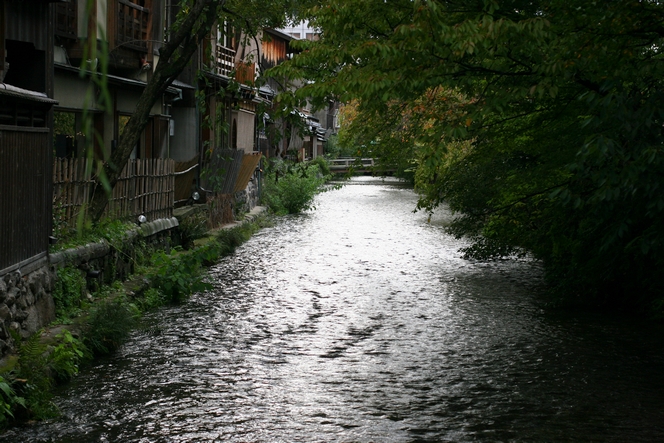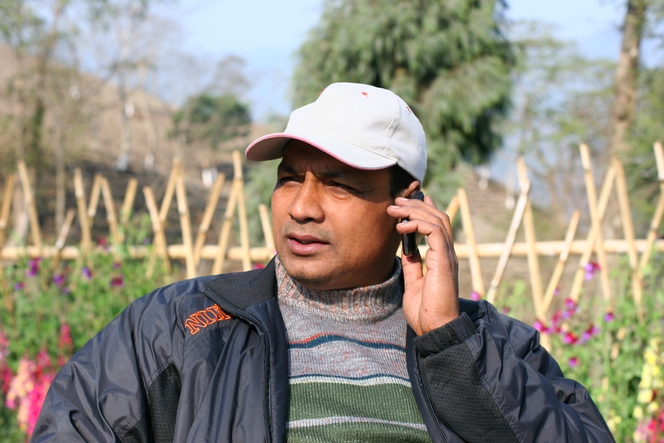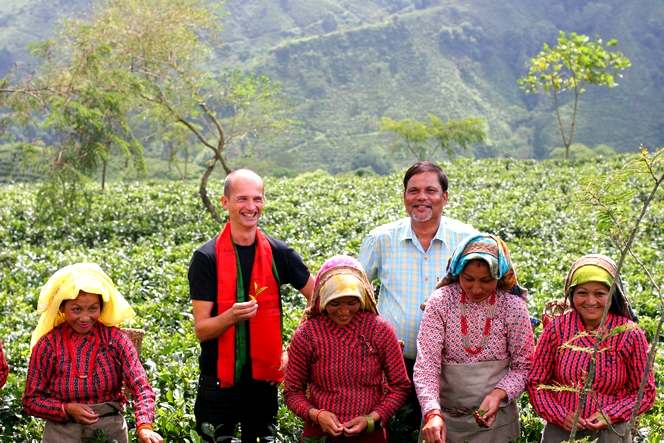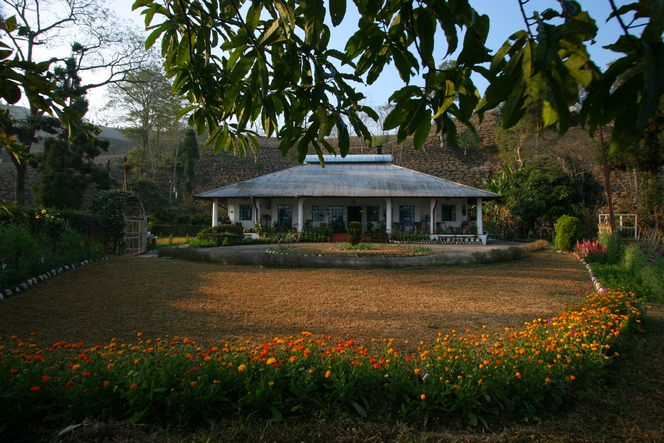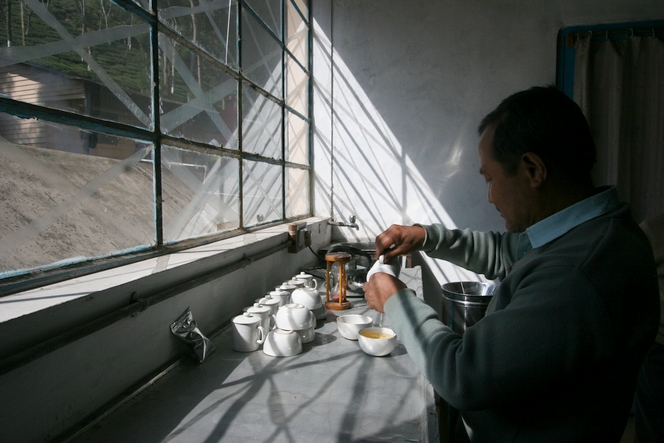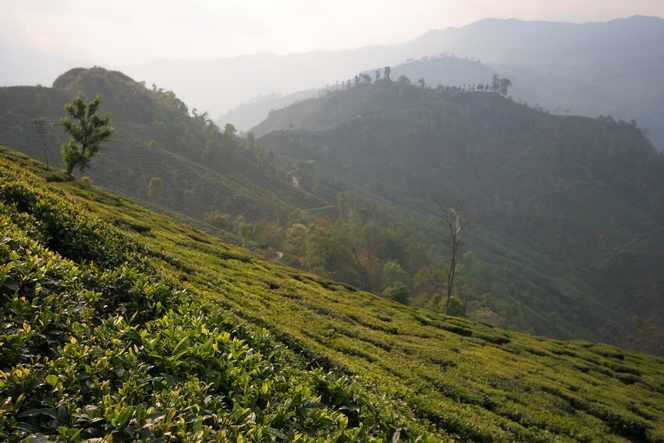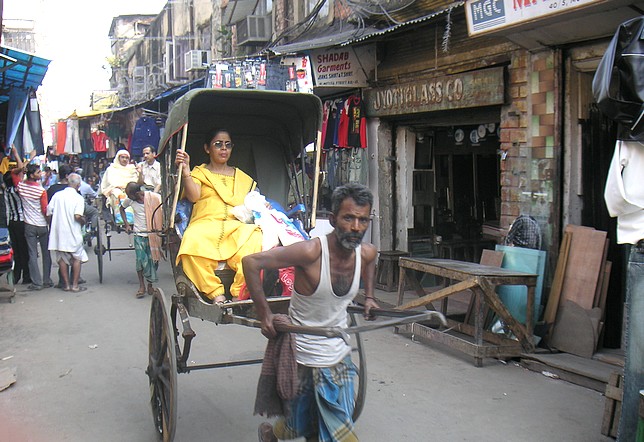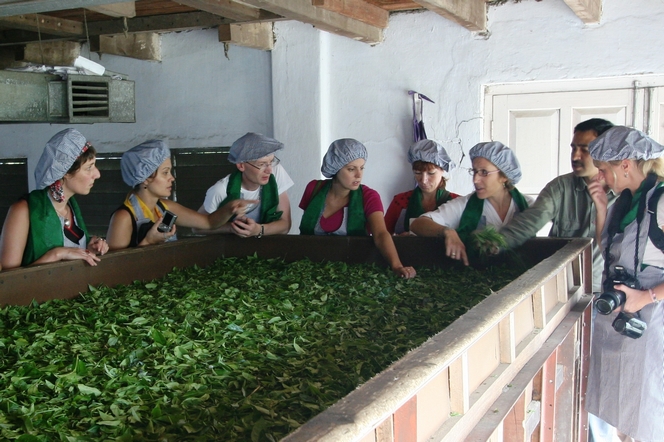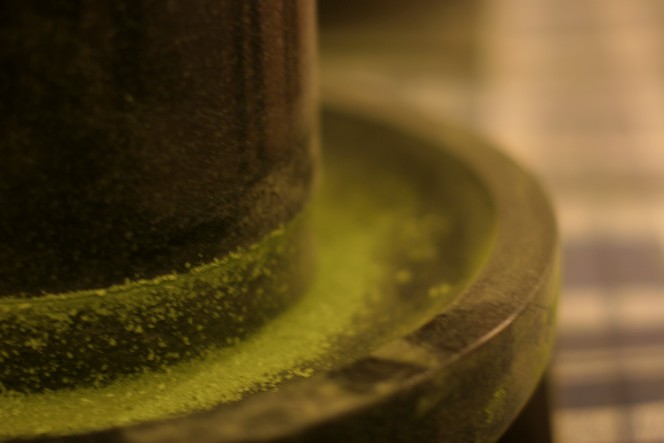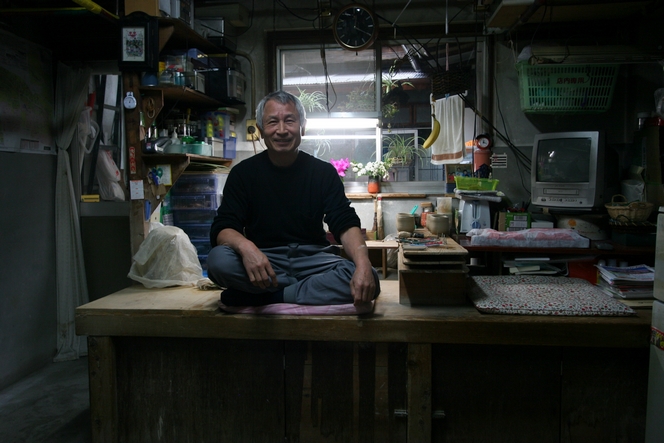This image of a stream gently winding its way between the ancient wooden houses of Kyoto’s old town haunts me as I think of all the victims of the terrible earthquake.
The contrast – particularly strong in Japan – between the tranquillity of nature and an earth capable of rising up and swallowing so many lives, reminds us of the fragility of our existence.
Of course, I am thinking of all my friends over there, of the people who work for Le Palais des Thés in Tokyo, of our suppliers, and particularly of those in the prefecture of Iwate, north of Sendai, which has been so badly affected.

